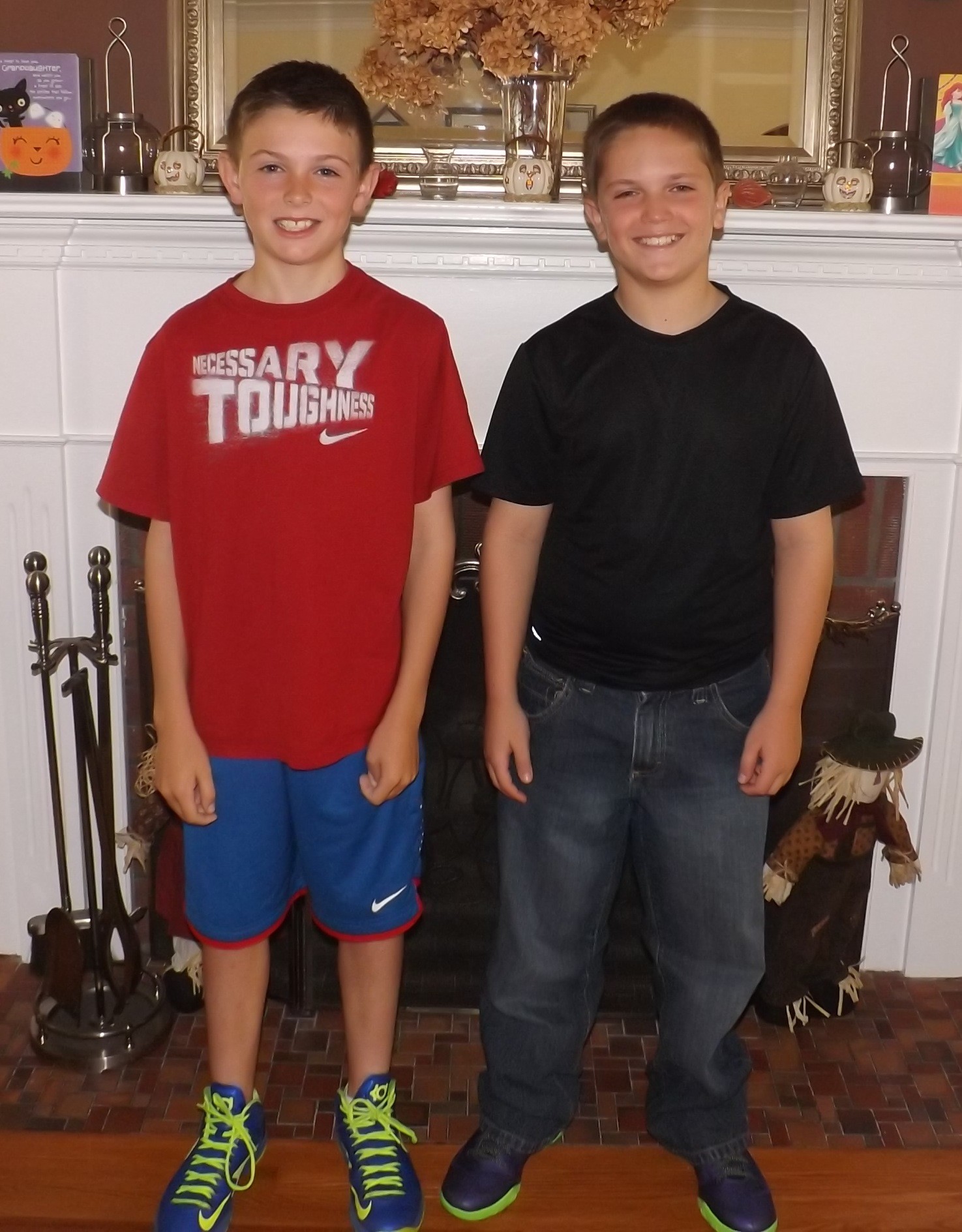The children chime in: Dealing with food allergies
This is the second in a series of stories about food allergies in children. Later installments will report on the rise of food allergies, how schools are dealing with them, and the latest research and medical findings.
Touching the wrong container or tasting the wrong food could have devastating consequences for the millions of people in the United States with food allergies. According to Food Allergy Research & Education, nearly 6 million children have food allergies in the country and an estimated 9 million adults.
Local parents of food-allergic children work hard to teach their kids the dangers involved, and the many precautions to take, when choosing what to eat. But for three grade-school students who attend Our Lady of Peace School in Lynbrook, dealing with food allergies is second nature to them.
“I don’t feel like it’s much of a difference because there are plenty of foods that I can eat,” said Theo Franks, a sixth grader at OLP, with peanut and tree nut allergies. “I know what I can and can’t eat and I know that the people around me know what I can and can’t eat.”
Theo and his friend, Vincent O’Connell, who’s allergic to peanuts and dairy, have been in the same class at OLP since kindergarten. The two 11 year olds said they always carry their EpiPens — which is used to inject epinephrine to combat food-allergic reactions — when they’re out of the house, whether they’re taking the bus, walking to school or hanging out with friends.
Vincent, who was diagnosed with food allergies when he was 6 months old, and Theo, who was diagnosed at age 2, have been watching what they eat for as long as they can remember.
“I always have to check before I eat something and double-check to make sure I could have a food,” Vincent said.
“If I pick up something in the store that I might want to have I always read the package before I even say, ‘Hey, mom, do you think you could get this?” added Theo.

 47.0°,
Fair
47.0°,
Fair 







